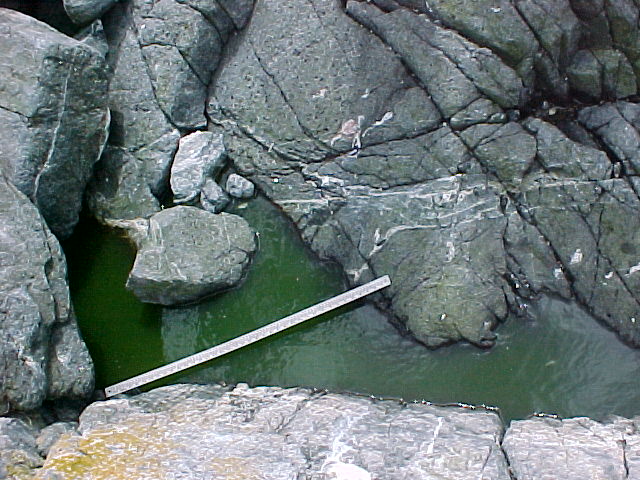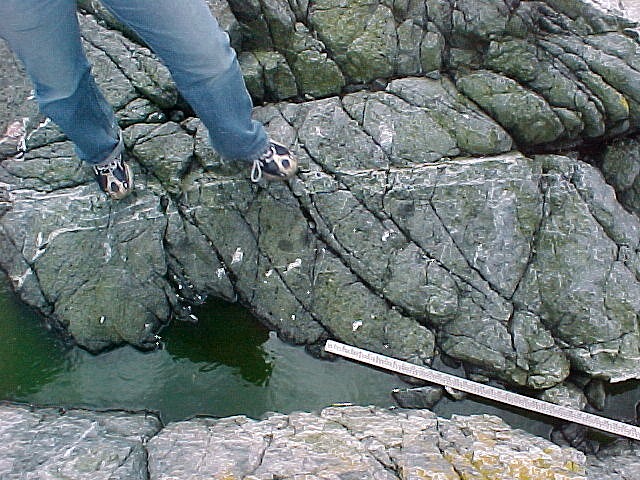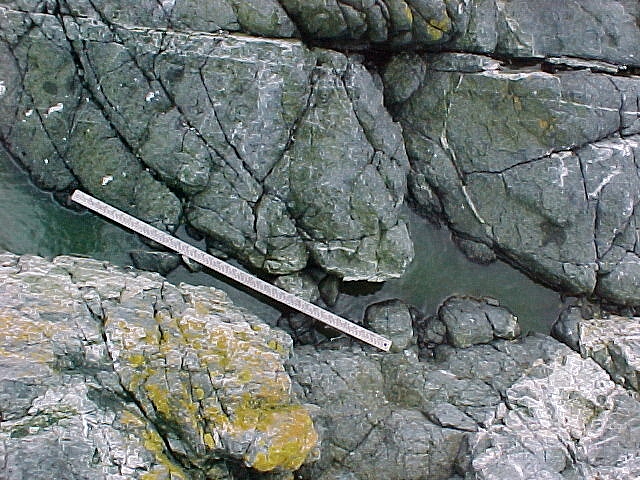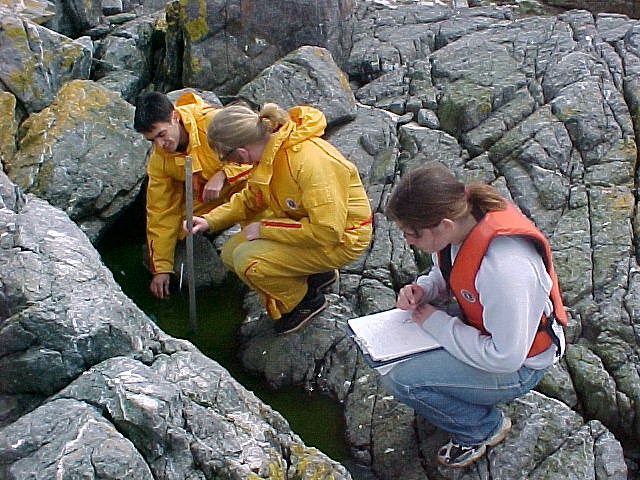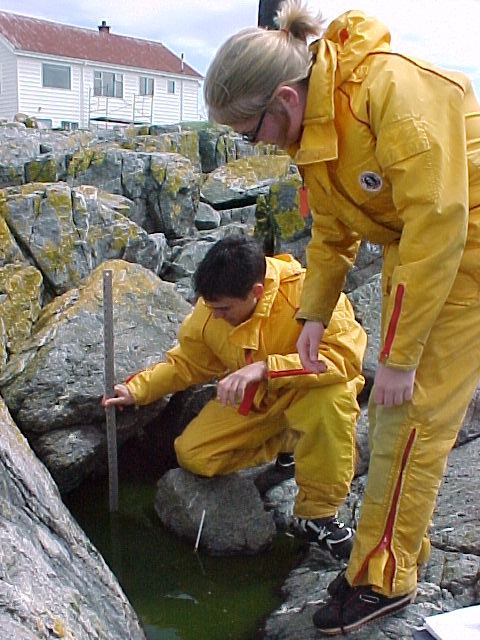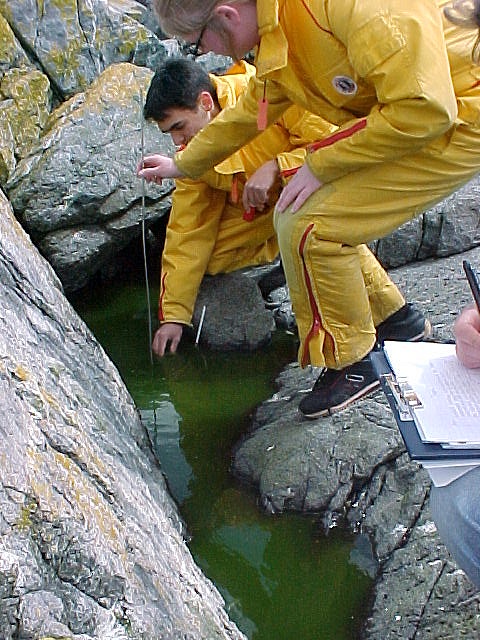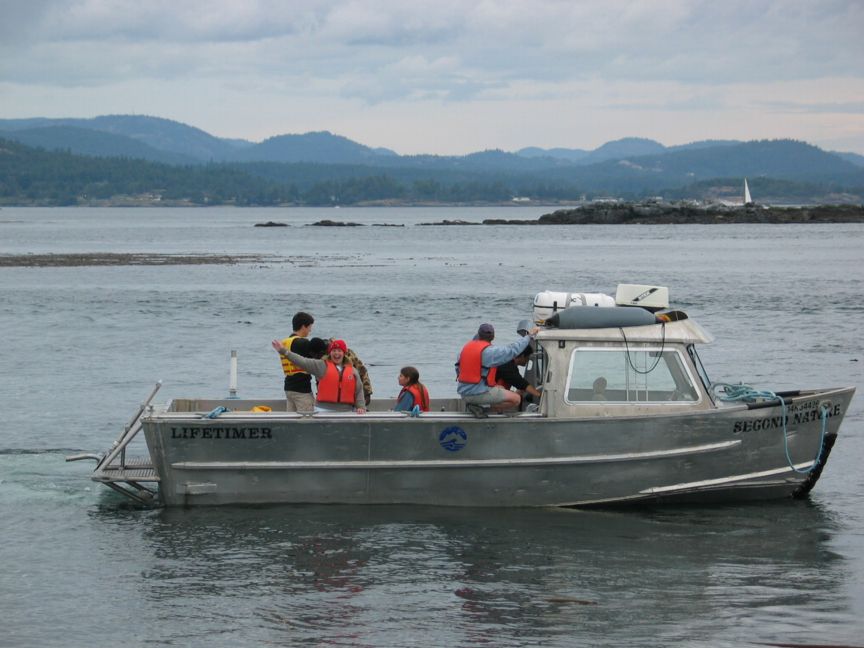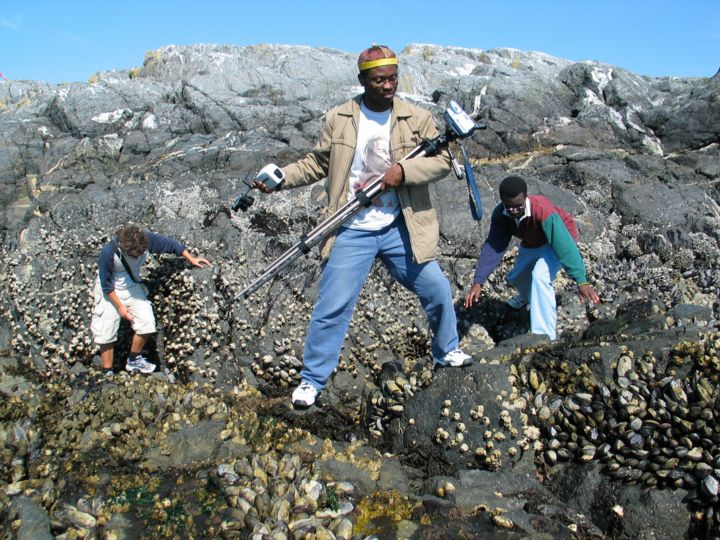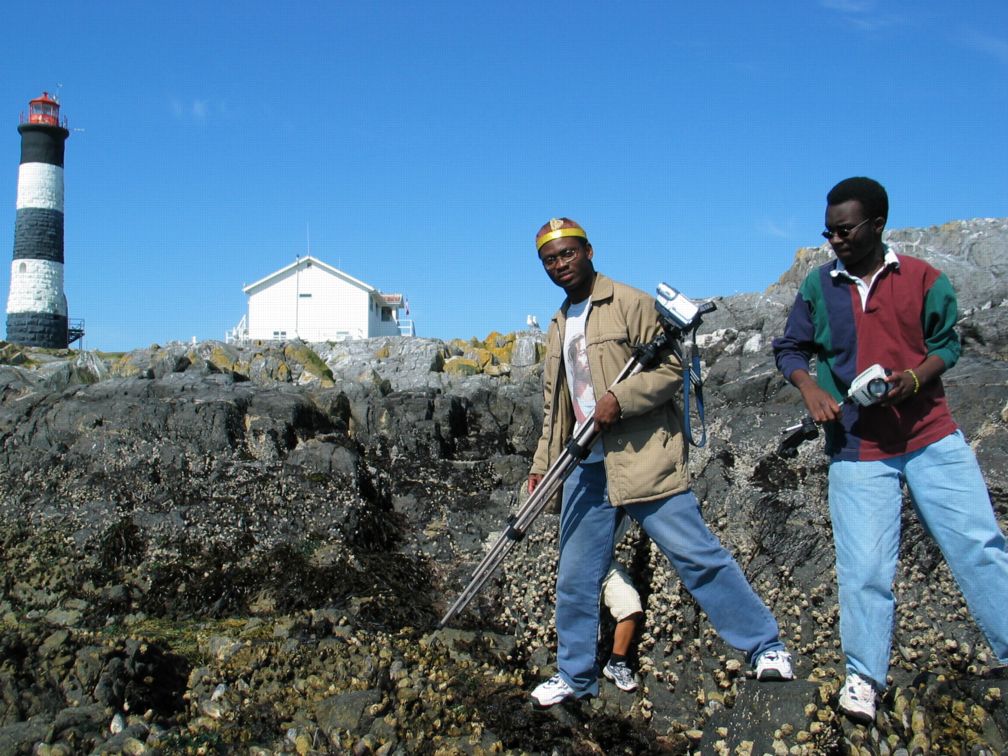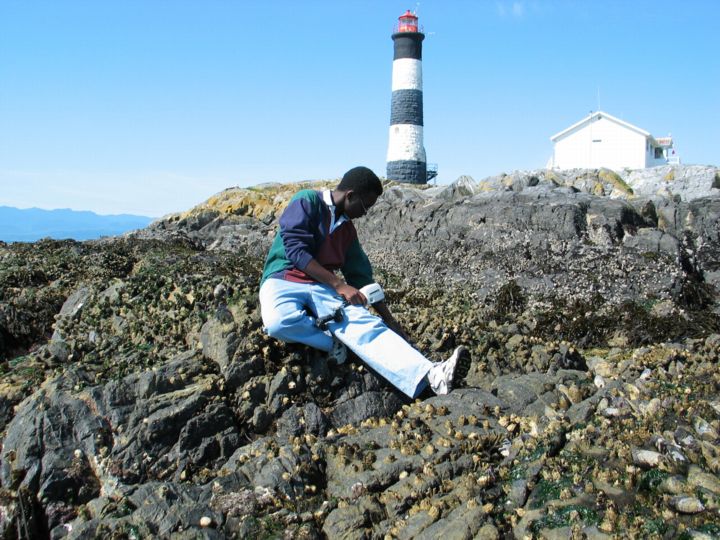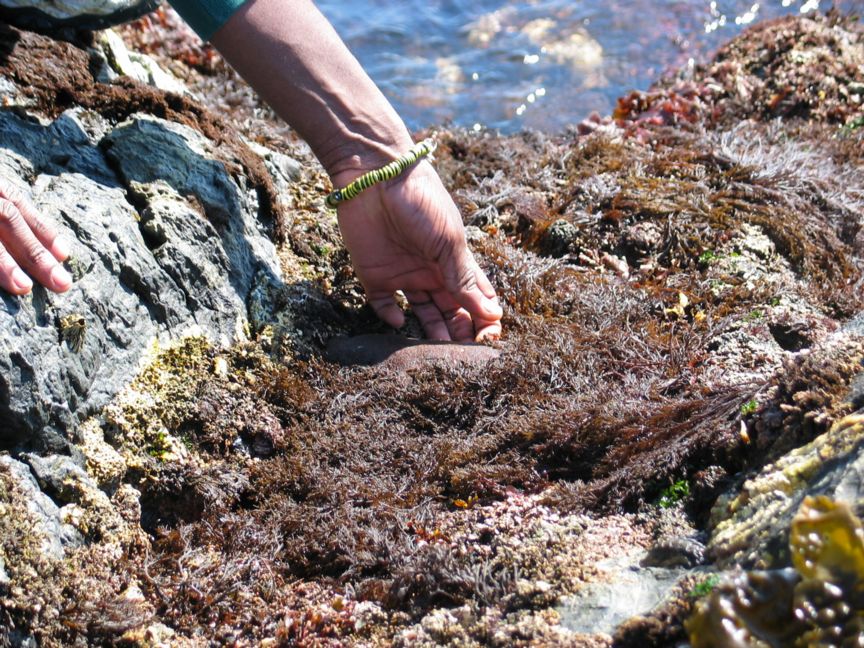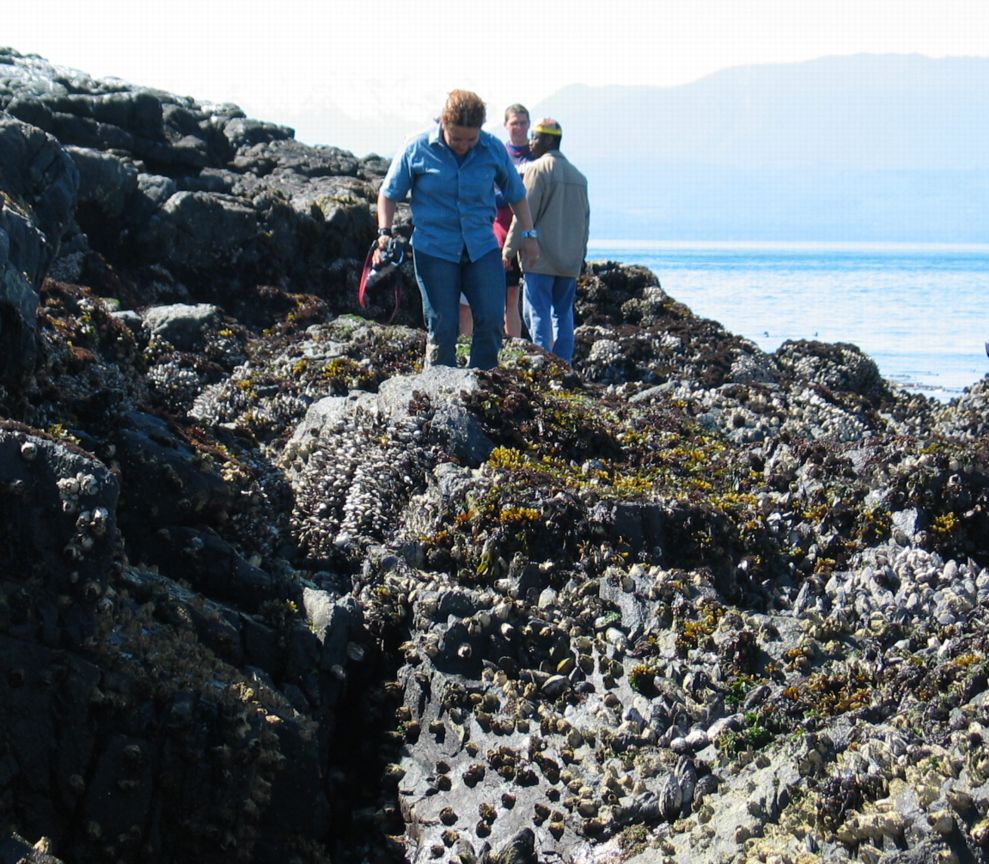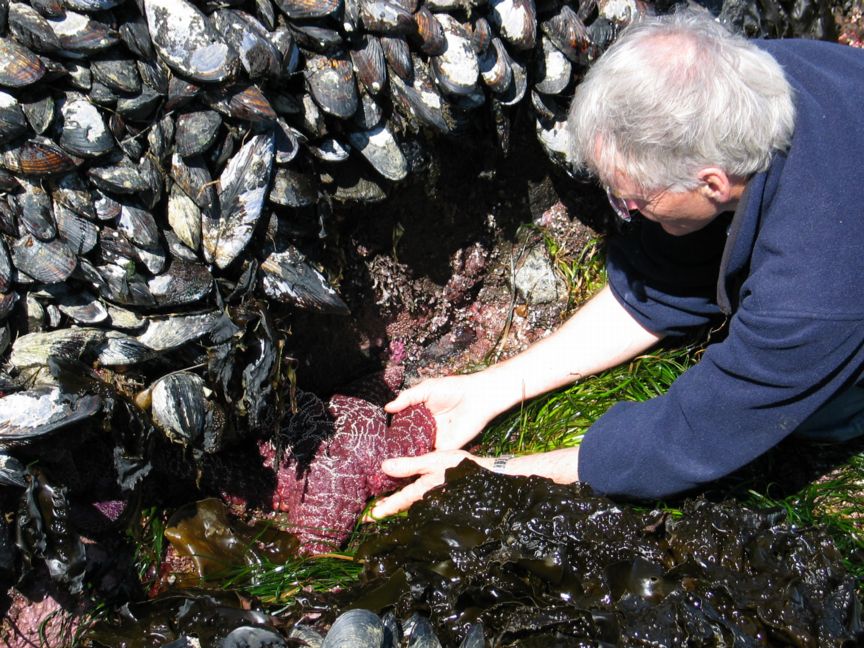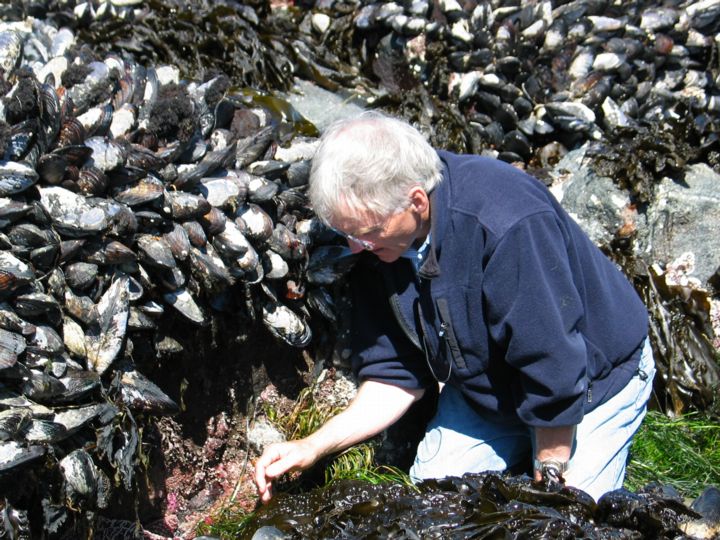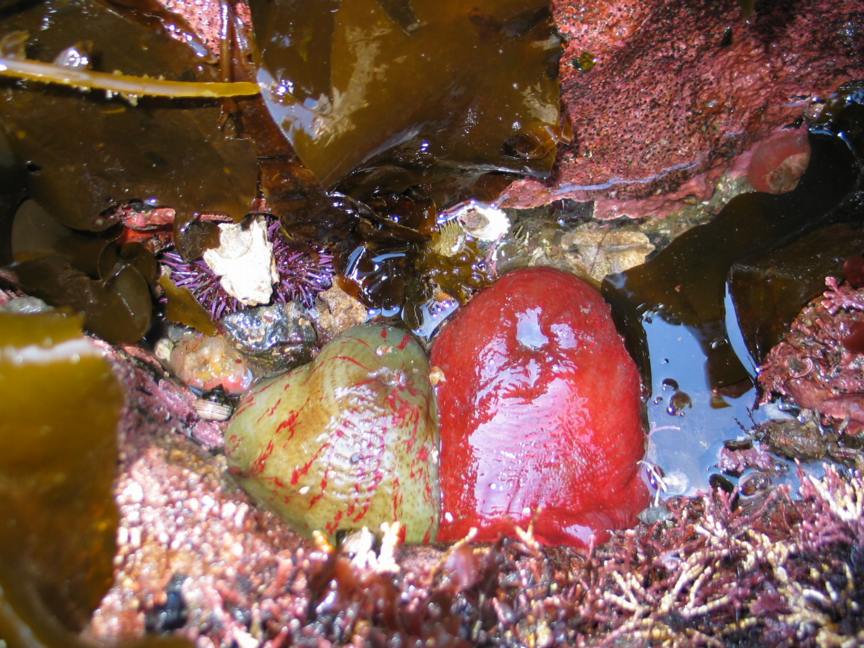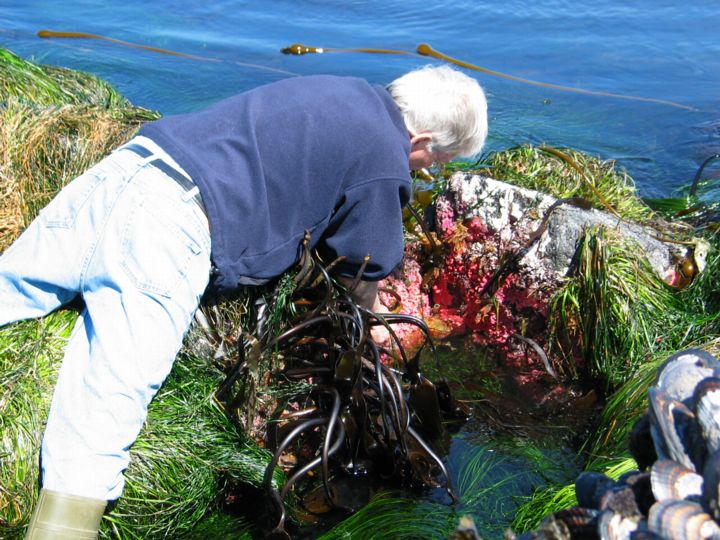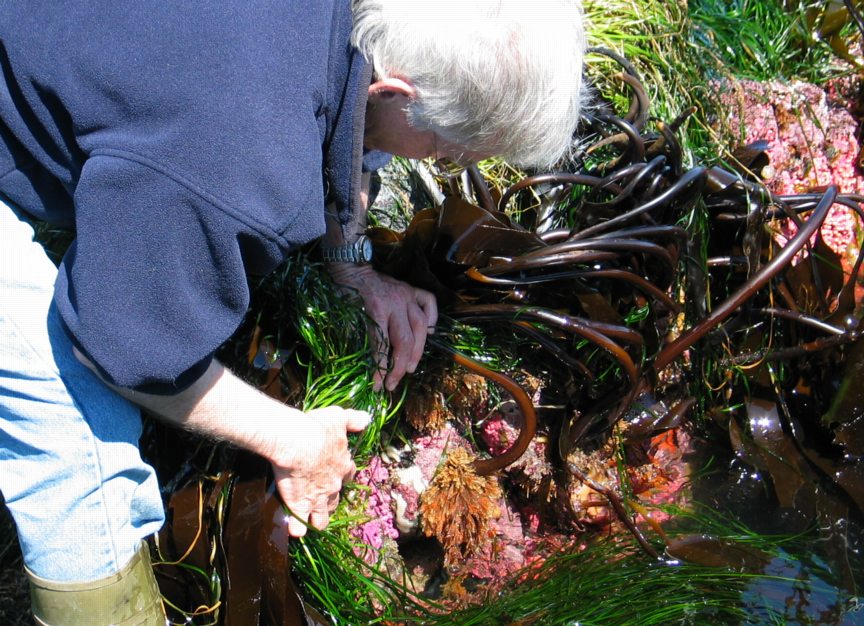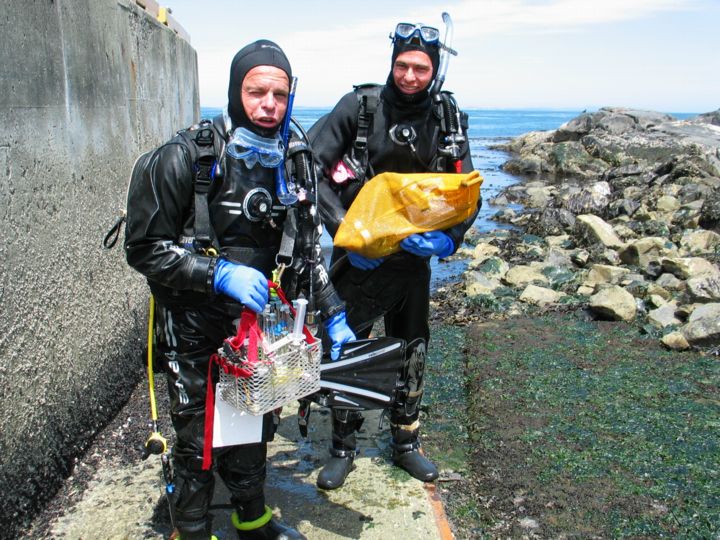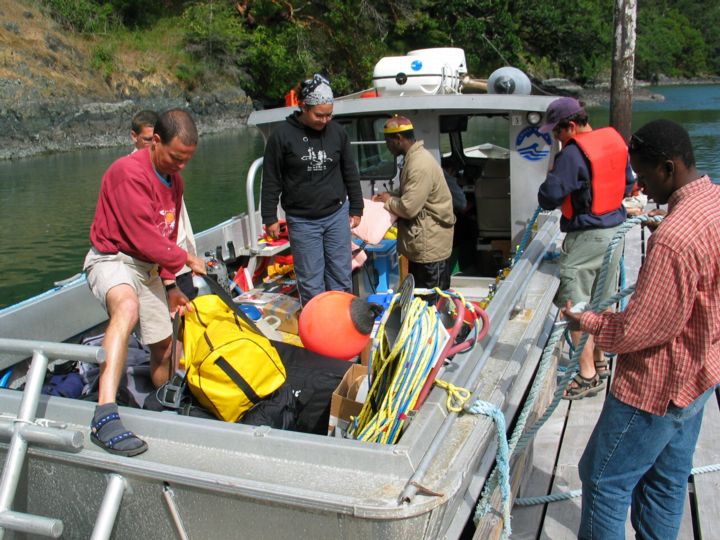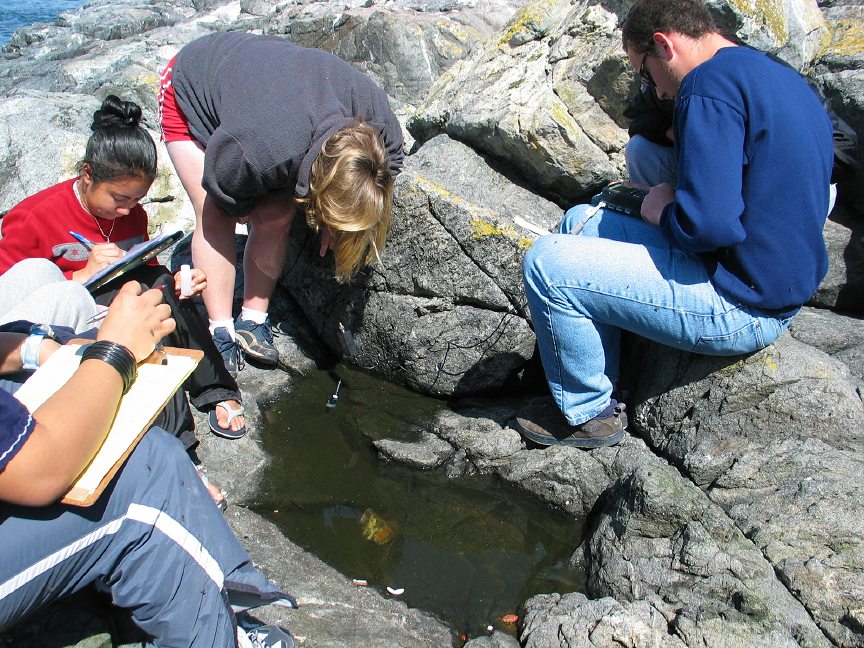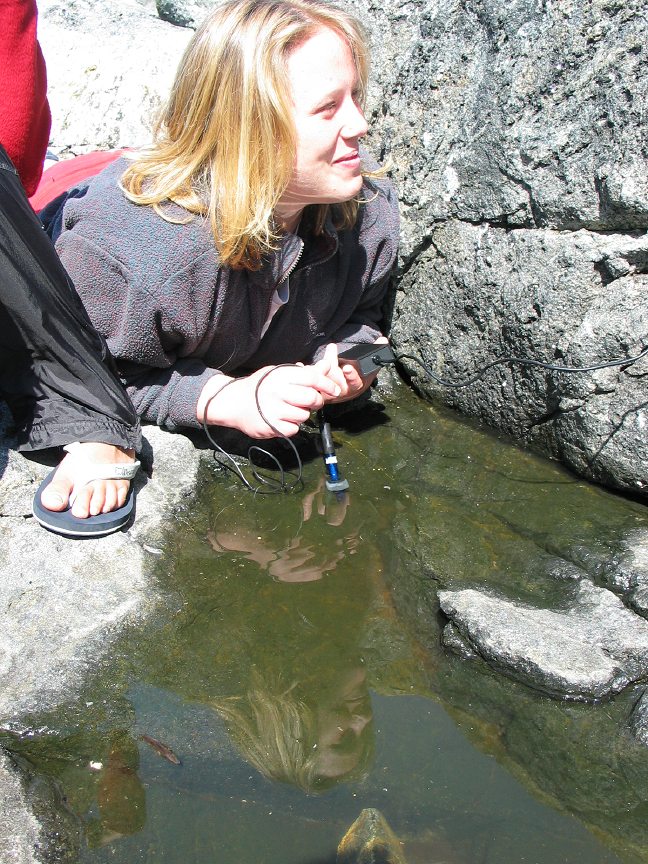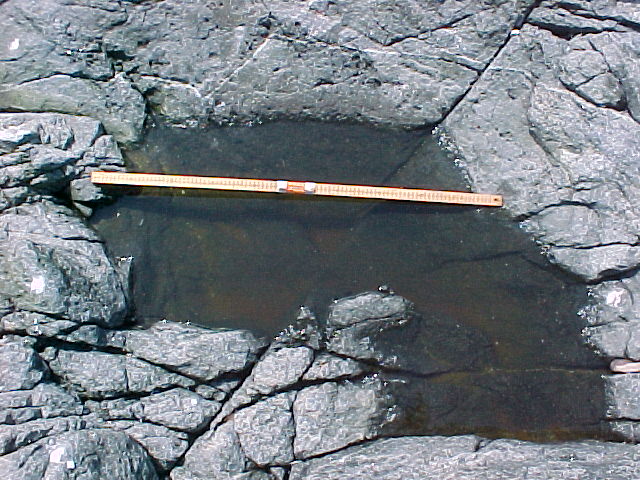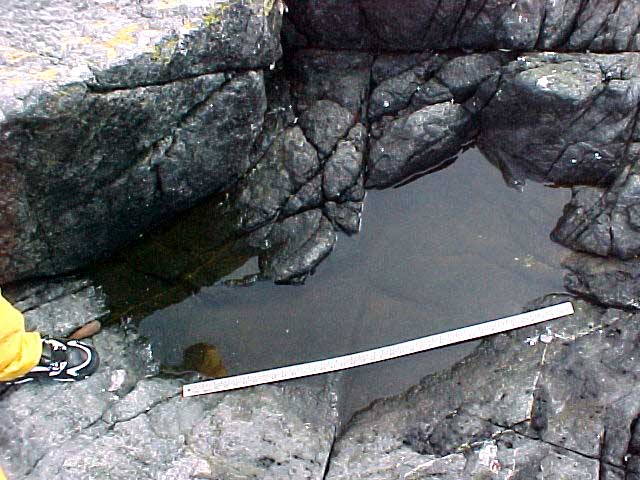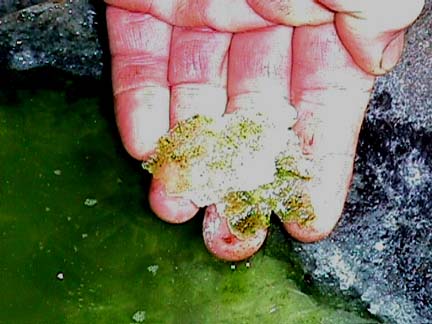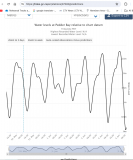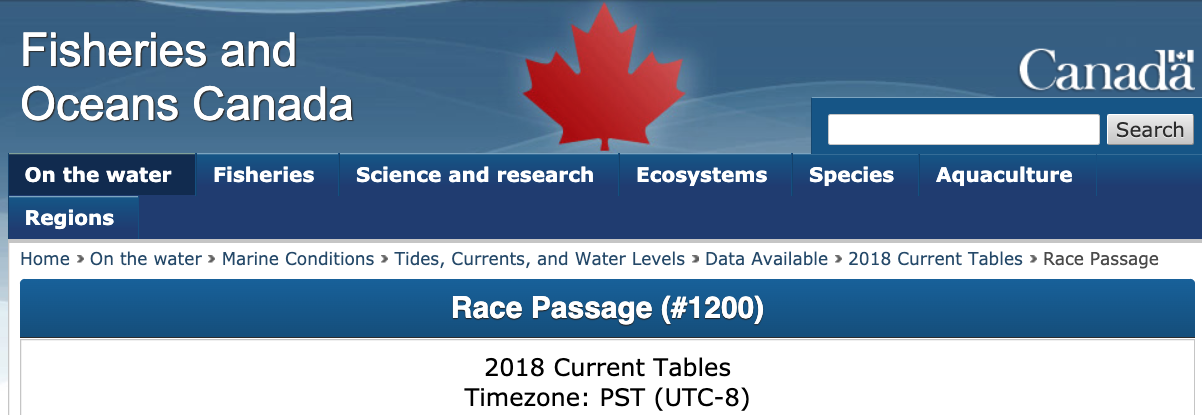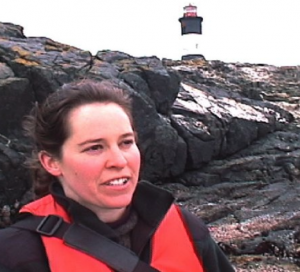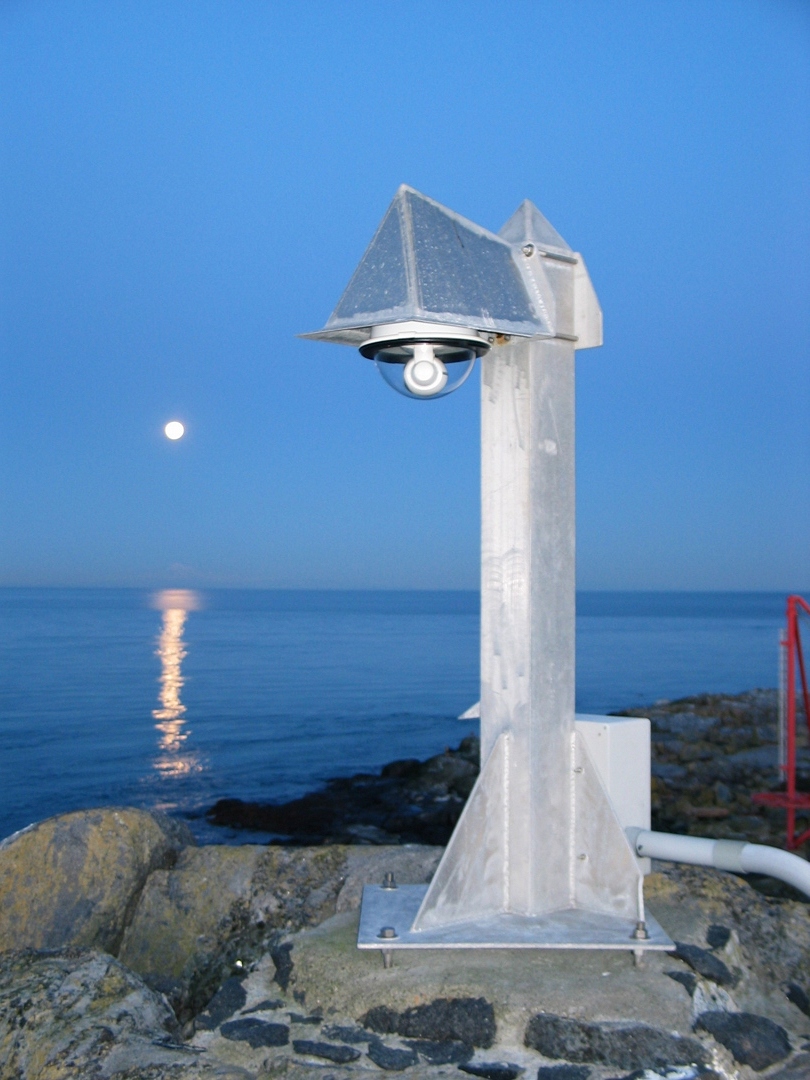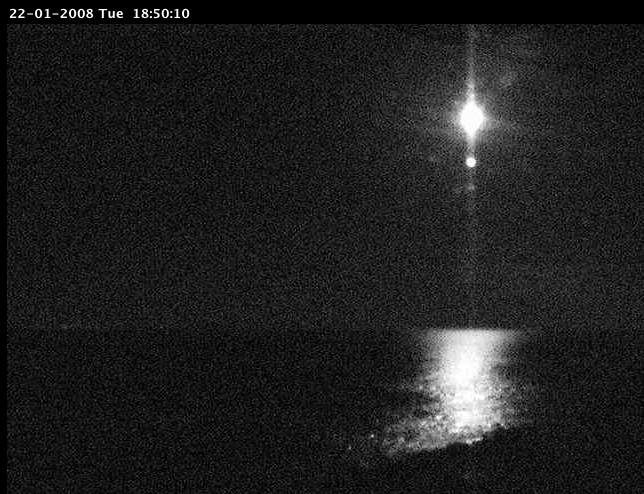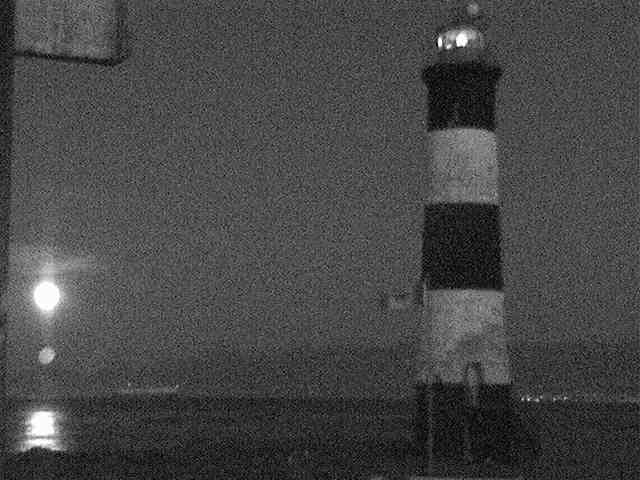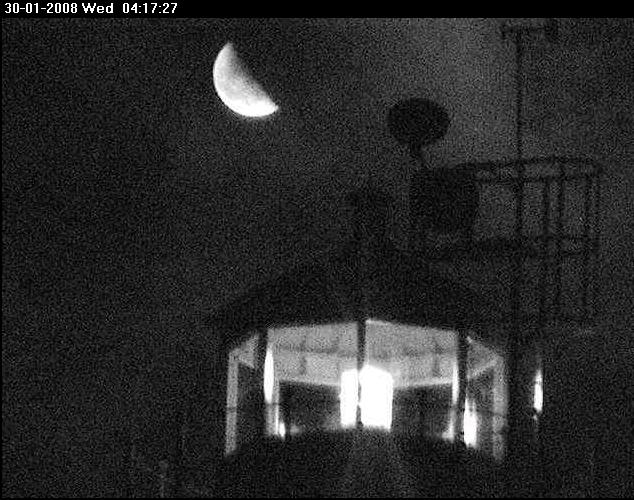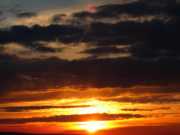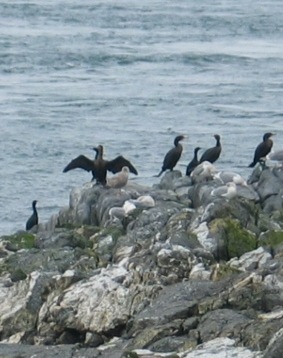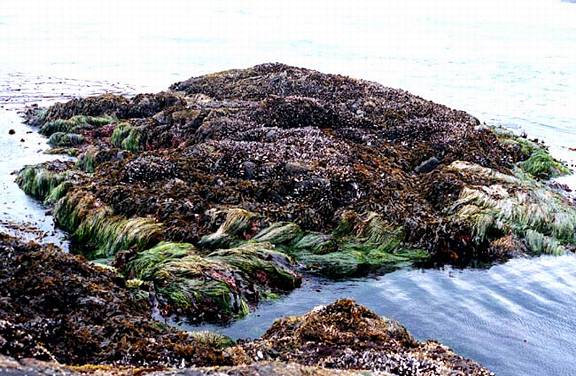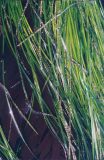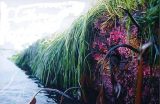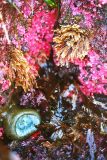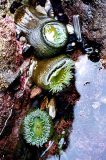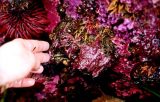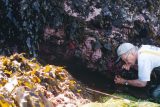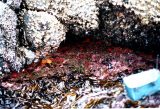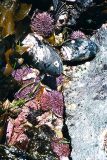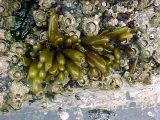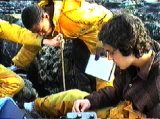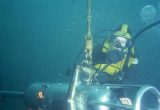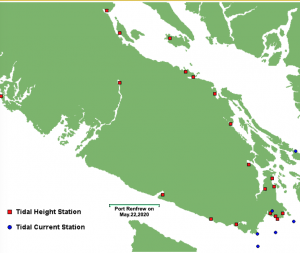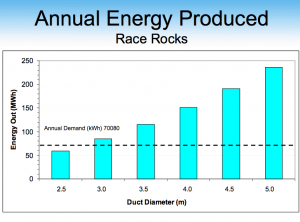ARCHIVE: It is important to recognize that the early innovations in internet technology at Race Rocks were made possible by the cooperation of a number of partners and sponsors . Apple was one of the important partners in collaboration for this educational application of the internet for the conservation of a sensitive ecosystem by promoting the availability of its unique ecological features to the world.
 In June 2000, Apple first became a sponsor when APPLE CANADA recognized the significance of our project and loaned us a new Powerbook G3 500 for the two weeks of mobile webcasts in June 2000.
In June 2000, Apple first became a sponsor when APPLE CANADA recognized the significance of our project and loaned us a new Powerbook G3 500 for the two weeks of mobile webcasts in June 2000.
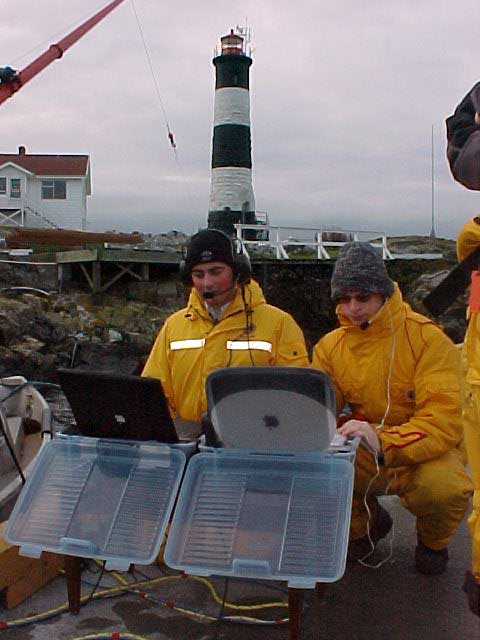 As a result of that initial support, Apple Canada sent us the same computer for our project in July 2000. At the New York MacWorld Conference in July, our presentation of a live underwater webcast from Race Rocks prompted an offer from The APPLE LEARNING INTERCHANGE for a partnership. The result was that the QuickTime live video streams were hosted by the Apple Learning Interchange over the Akamai Internet distribution network. We are extremely grateful to APPLE for this generous support. Live video streams have now been operating since the summer of 2000 thanks to tis initial support.
As a result of that initial support, Apple Canada sent us the same computer for our project in July 2000. At the New York MacWorld Conference in July, our presentation of a live underwater webcast from Race Rocks prompted an offer from The APPLE LEARNING INTERCHANGE for a partnership. The result was that the QuickTime live video streams were hosted by the Apple Learning Interchange over the Akamai Internet distribution network. We are extremely grateful to APPLE for this generous support. Live video streams have now been operating since the summer of 2000 thanks to tis initial support.
In October, 2000, APPLE hosted us for a presentation of the live Underwater QuickTime stream at the QuickTime Live Convention in California.
In March of 2001, APPLE Canada came to our assistance again with the generous
donation of a G4 Titanium PowerBook. We used this for our mobile webcasts and
for the creation of new archived video clips using the iMovie software.
We must also acknowledge the commitment of the Apple representative Keith Mitchell who worked out of the offices in Texas and was also able to visit us to see the operation of our system at Race Rocks.
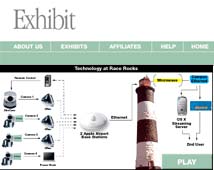 In June of 2002, The APPLE LEARNING INTERCHANGE opened its new gallery of featured exhibits and racerocks.com was included on the ALI website as one of their exhibits.
In June of 2002, The APPLE LEARNING INTERCHANGE opened its new gallery of featured exhibits and racerocks.com was included on the ALI website as one of their exhibits.
In January of 2004, The Apple Learning Interchange upgraded the three computers and the Wireless Airports and they also assisted us with the purchase of a new Remote Control camera. We now have the equipment installed and providing improved Live Streaming Images as of the spring of 2004.
In 2004, three APPLE eMacs were supplied to webcast from cameras 1, 2 and 5. Webcasting from these cameras used QuickTime Broadcaster.
